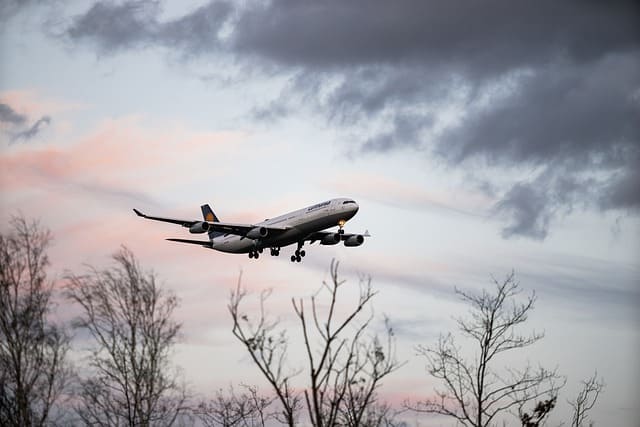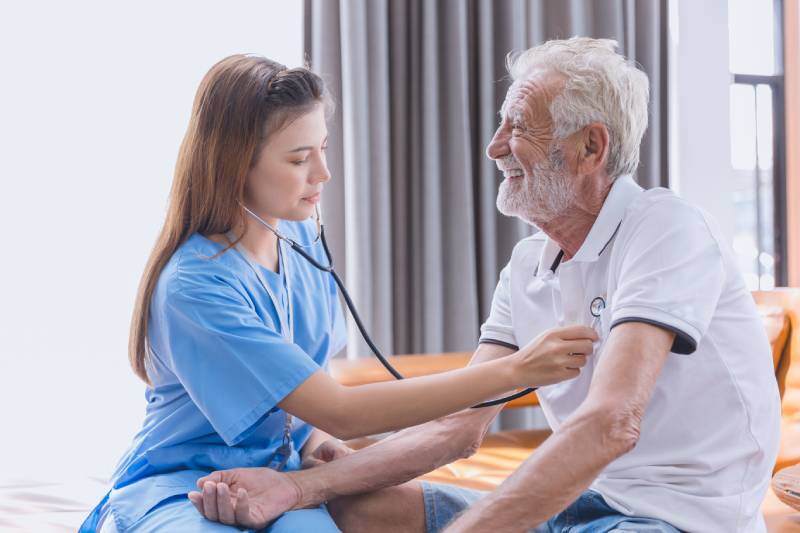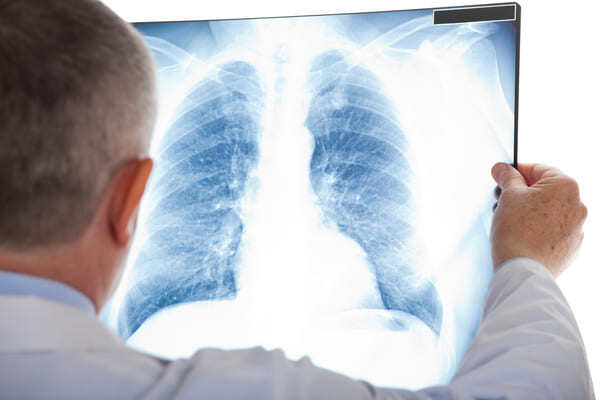
Health tourism is a sector of tourism that includes medical tourism, wellness tourism, and spa tourism. Medical tourism involves people who require access to actual medical treatment, wellness tourism is for those who wish to maintain or improve their health status, and spa tourism is for those who want relaxation and prevention. These three forms of tourism have, of course, areas of overlap, especially medical and wellness tourism.
In this article, we are going to take an in-depth look at medical tourism.
Medical tourism has been effectively defined as "the phenomenon of people traveling from their country of origin to another with the specific need for medical care," and it is certainly not a recent phenomenon: there are writings that testify to travels from all over Ancient Greece and Asia Minor to the temples of Asclepius, God of Medicine.
The most in-demand areas of medical tourism are organ transplants, cosmetic surgery (the latter in great increase with additive mastoplasty and buttock reshaping, abdominoplasty, liposuction, blepharosurgery, and rhinoplasty), dentistry, bariatric surgery, and fertility medicine.
The number of people traveling to the temples of Asclepius and Asia Minor is a recent phenomenon.
The number of people who travel for medical reasons continues to grow and is estimated at around 4 million per year. The reasons why people seek medical care abroad are diverse:
- in some countries the costs of certain surgeries are lower as are the waiting lists;
- in other countries there are less restrictive laws regarding pregnancy termination, in vitro fertilization, and organ transplants;
- lastly, some travelers like to associate medical treatment with a vacation abroad.
The most sought-after destinations are countries such as Thailand, India, Pakistan, Mexico, Ecuador, and the Caribbean, but also some European countries and the United States of America. Among the European countries, surely we can name France, Germany, Italy, Sweden and Poland constitute a prevalent destination, but recently Spain and some Eastern European countries have also become sought-after destinations: the former for IVF pathways, the latter also for dentistry.
These countries are the most sought-after destinations for the most popular destinations.
Unfortunately, medical and surgical procedures performed in low-income countries are often burdened by infectious complications due to the ease of obtaining licenses or the lack of safety procedures; in addition, the medical and surgical supplies and drugs used may not have to meet the same quality standards as in the country of residence. To the increased likelihood of infection related to medical procedures (the most frequent being surgical wound infections, blood-borne infections, nosocomial infections, and especially among these, antibiotic-resistant infections), it is necessary to add the possibility of contracting infections endemic to the chosen country, such as malaria, yellow fever, Chikungunya, and dengue.
The possibility of contracting infections endemic to the chosen country, such as malaria, yellow fever, Chikungunya, and dengue, for example, is also a concern.
A special focus should be devoted to antibiotic-resistant infections, including those from carbapenem-resistant Enterobacteriaceae and nontuberculous Mycobacteria. The latter cause infections of the skin and soft tissues, lymph nodes, bones, and lungs but also disseminated infections and are very common in countries where medical tourism is widespread such as Mexico, Brazil, Ecuador, Venezuela, India, China, Vietnam, Thailand, Turkey, and Tunisia.
The latter are also common in countries where medical tourism is widespread such as Mexico, Brazil, Ecuador, Venezuela, India, China, Vietnam, Thailand, Turkey, and Tunisia.
Aesthetic surgery, in view of the lack of coverage by national health care systems and often insurance, plays a very important role in medical tourism because it attracts patients from wealthy areas to low-income countries; unfortunately, these surgeries are burdened with major complications: for example, the chance of infections after breast augmentation is 2-3% and can occur up to a month after surgery.
Finally, many people are turning to foreign clinics because the waiting list for organ transplants is very long. In some countries, it is legal to purchase an organ from a living donor, but unfortunately, donor screening does not always follow adequate safety rules; this leads to exposure to infections such as HBV, HIV, HCV as well as the aforementioned infections endemic to the countries where one chooses to have surgery. It should not be forgotten that transplant patients are also more exposed to all infections, as immunosuppressive therapy is an integral part of the transplant surgical course; in particular, there is a very high risk of infection with Strongyloides stercoralis, a parasite endemic in tropical and subtropical countries, which causes a kind of hyperinfection (i.e., the larvae spread via the bloodstream) in immunocompromised individuals.
The risk of infection is very high.
It is therefore fundamental that those who choose to rely on medical tourism can advance pre-travel counseling, which is done at least 4-6 weeks in advance so that the need for the appropriate vaccine and prophylactic coverage can be assessed based on both the country they intend to travel to and their personal health conditions.
Also in this Ambimed is at the forefront in assisting its users in organizing their health travel by evaluating all facilities in the area based on quality standards. Inform yourself with a Pre-Travel Counseling on potential risks associated with your chosen travel destination. Information is the first prevention.
Sources:
- Connell, J; Tourism Management, 2013: 34, 1
- Mainil, T, et al; Research for TRAN Committee - Health tourism in the EU: a general investigation, European Parliament, Policy Department for Structural and Cohesion Policies, Brussels, 2017
- Pavli A, et al; J travel Med 2021, 28: 1




